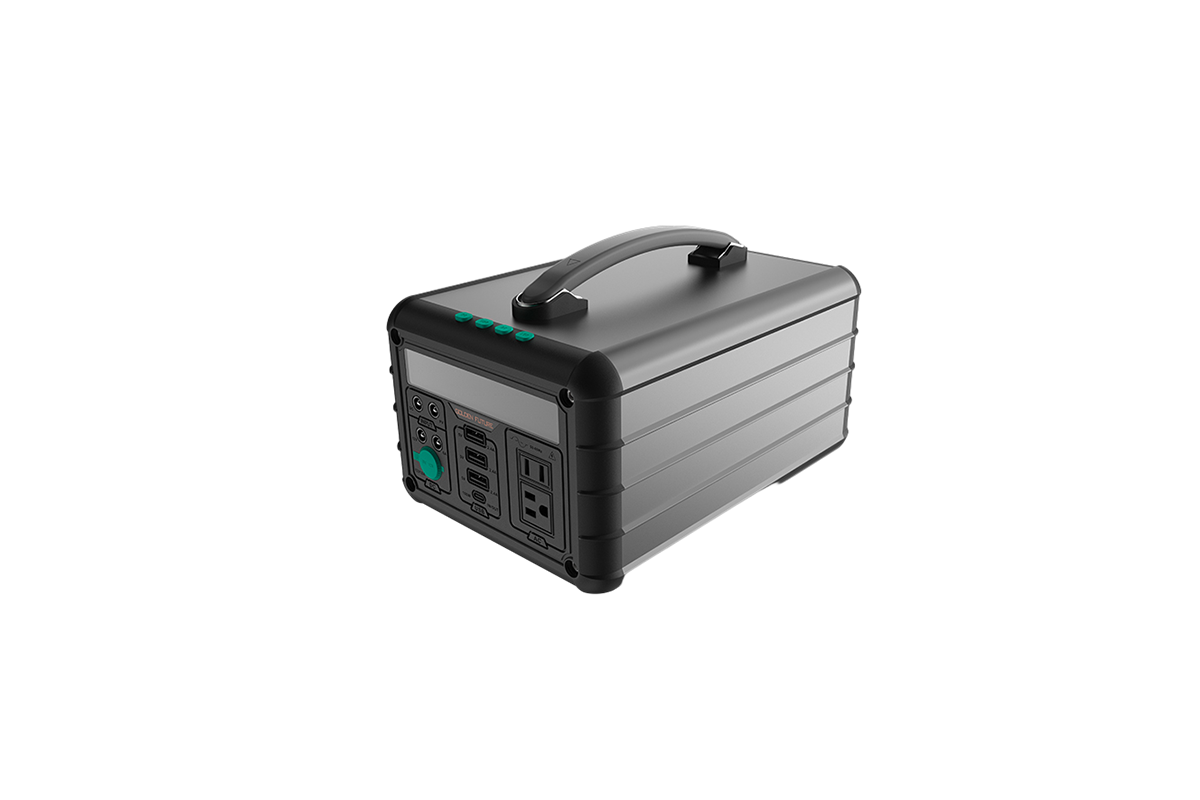

Time:2025-08-08 Views:1

Lead-acid batteries have long been a reliable choice for residential photovoltaic (PV) energy storage systems, offering a cost-effective and proven solution for storing solar energy generated by rooftop panels. These batteries are designed to store the direct current (DC) electricity produced by solar modules, which can then be converted to alternating current (AC) for use in homes when sunlight is limited or during power outages. Their mature technology and widespread availability make them a popular option for homeowners looking to reduce reliance on the grid and maximize the use of renewable energy.
One of the key advantages of lead-acid batteries in residential PV systems is their affordability compared to newer technologies like lithium-ion batteries. This lower upfront cost makes solar energy storage more accessible to a broader range of homeowners, especially those with budget constraints. Additionally, lead-acid batteries are known for their robustness and ability to withstand deep discharges, which is important in residential settings where energy demands can vary significantly throughout the day. They can operate efficiently in a wide range of temperatures, although performance may slightly degrade in extreme cold or heat, making them suitable for most climate zones.
Residential PV systems typically require batteries that can provide a steady supply of power during evening hours or cloudy days. Lead-acid batteries, particularly deep-cycle variants, are well-suited for this purpose as they are designed to be discharged repeatedly over long periods without significant loss of capacity. They also have a relatively simple charging mechanism, which can be easily integrated with standard PV inverters and charge controllers. This simplicity reduces the complexity of the overall system, making installation and maintenance more straightforward for homeowners and technicians alike.
Maintenance requirements are an important consideration for residential users, and lead-acid batteries, while requiring some upkeep, are manageable for most homeowners. Flooded lead-acid batteries, the most common type, need periodic checks of electrolyte levels and topping up with distilled water, but sealed lead-acid (SLA) variants, such as valve-regulated lead-acid (VRLA) batteries, are maintenance-free, offering convenience for those who prefer a hands-off approach. This flexibility in maintenance options allows homeowners to choose a battery type that fits their lifestyle and willingness to perform regular upkeep.
In terms of safety, lead-acid batteries have a long track record of safe operation when handled properly. They are less prone to thermal runaway compared to some lithium-ion batteries, which is a significant concern for residential applications where safety is paramount. Proper ventilation is recommended for flooded lead-acid batteries to dissipate any hydrogen gas released during charging, but modern designs and enclosures minimize this risk, making them suitable for installation in garages, basements, or dedicated storage areas.
The lifespan of lead-acid batteries in residential PV systems typically ranges from 3 to 7 years, depending on usage patterns, depth of discharge, and maintenance. While this is shorter than the 10 to 15 years expected from lithium-ion batteries, the lower initial cost often offsets the need for more frequent replacements, especially for homeowners with smaller PV systems or those looking for a temporary solution until battery technology advances further.
lead-acid batteries offer a practical and economical choice for residential photovoltaic energy storage. Their affordability, reliability, and ease of integration make them a viable option for homeowners seeking to harness solar energy, reduce electricity bills, and enhance energy independence. With proper maintenance and care, they provide a steady and safe energy storage solution that supports the efficient operation of residential PV systems.
Read recommendations:
Semi - Solid State Lithium Batteries